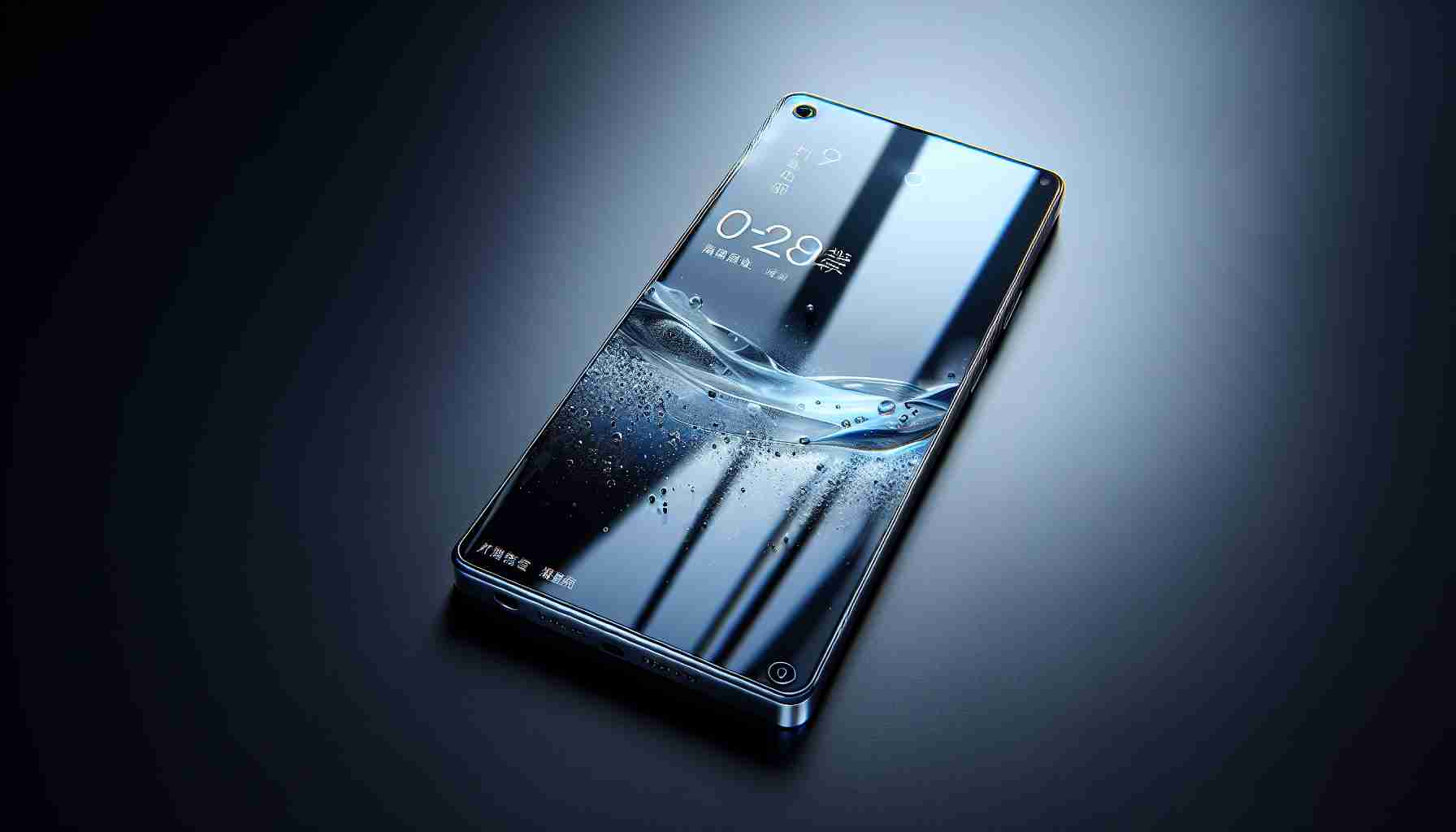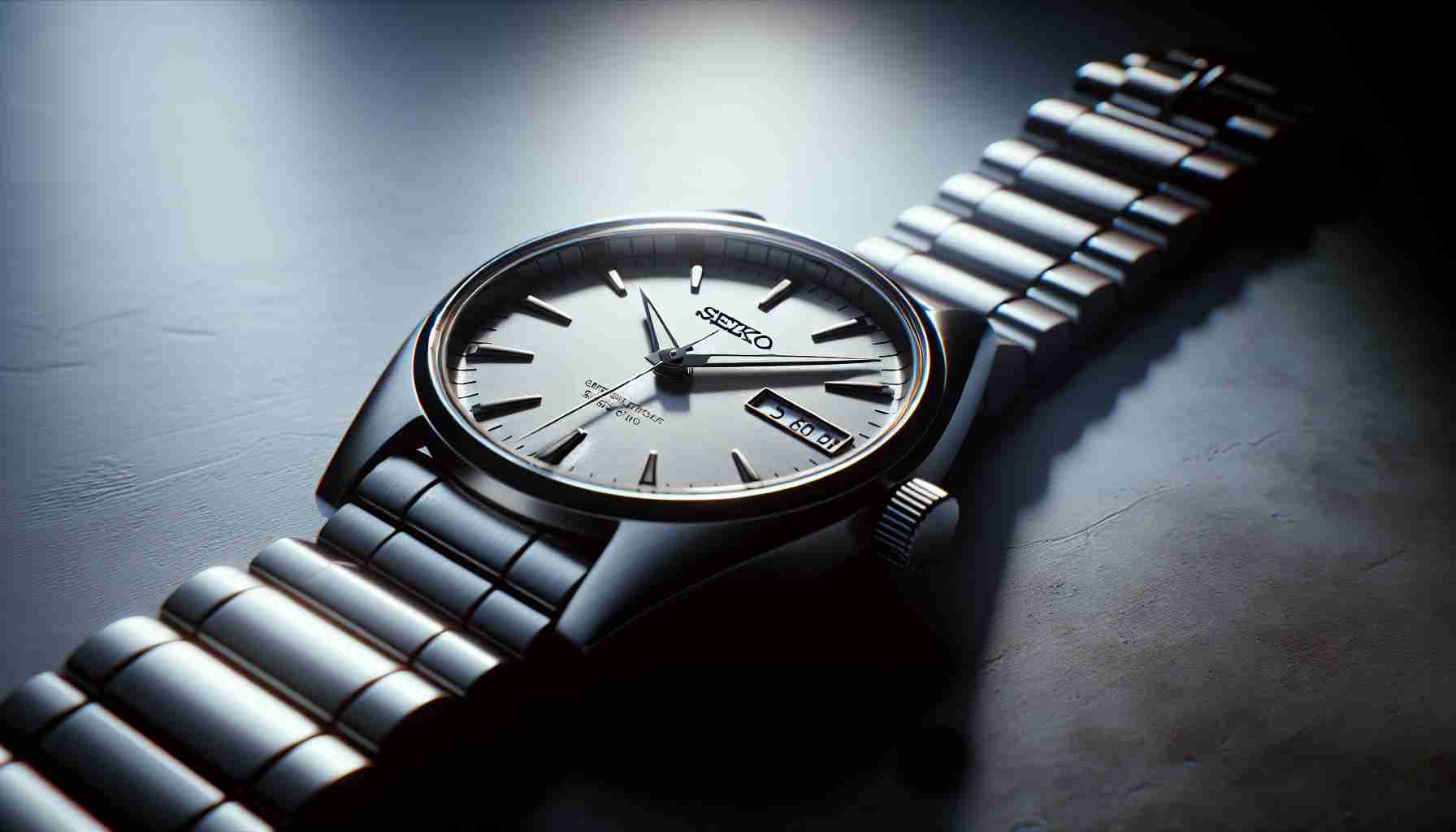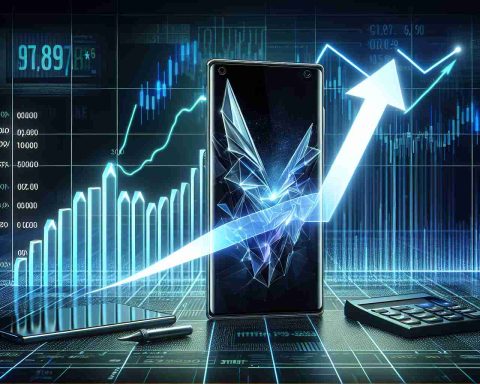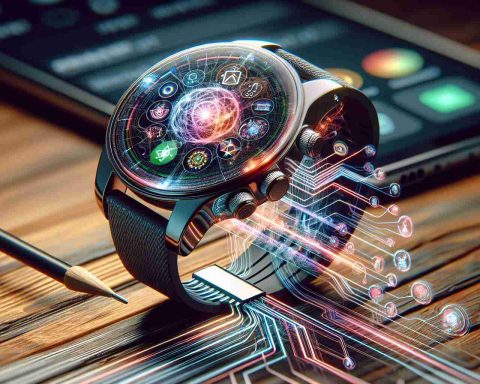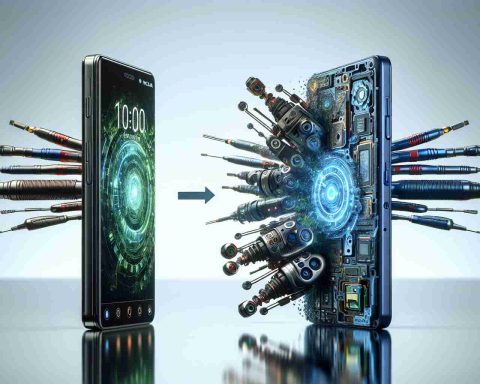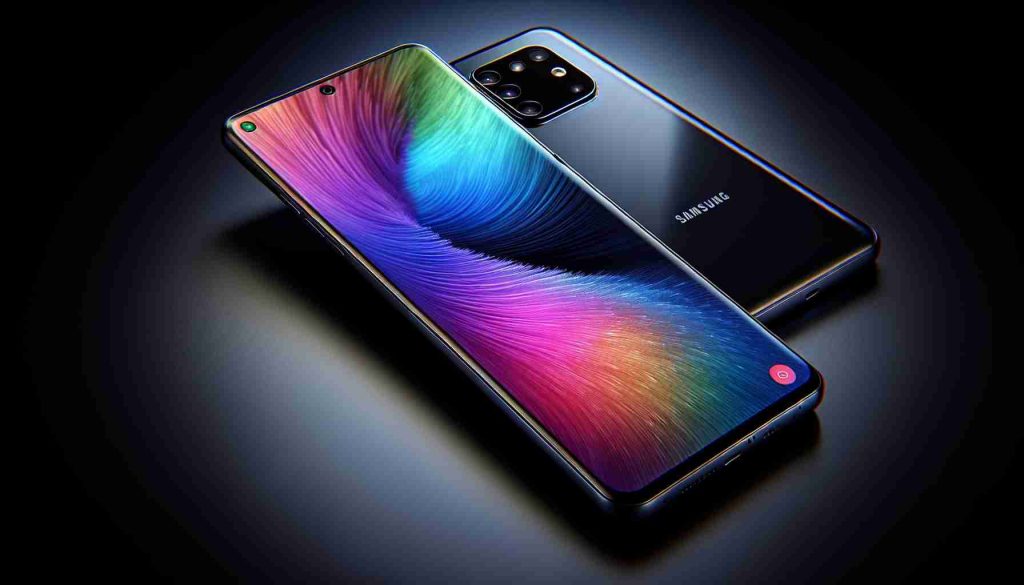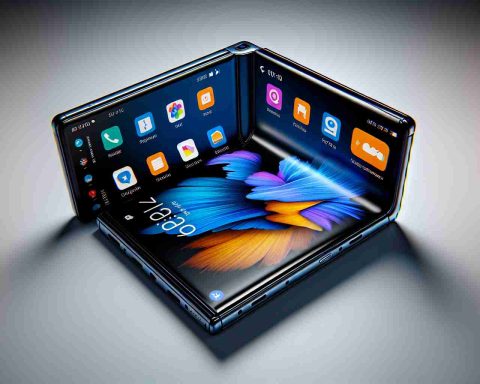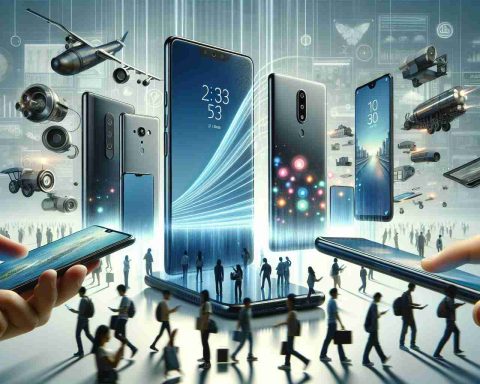Huawei is set to make waves in the tech industry with its latest flagship, the Mate 70 series, anticipated to debut by year’s end. Known for pioneering technology, this upcoming Huawei line is likely to feature a game-changing application processor. The buzz is around the potential usage of a cutting-edge Kirin 9100 chip, manufactured through SMIC’s 6nm process—an intriguing development given SMIC’s position as the third largest silicon foundry globally, trailing only TSMC and Samsung.
However, due to constraints with acquiring advanced lithography equipment, SMIC must utilize Deep Ultraviolet lithography, despite its intricate circuit pattern challenges. Yet, excitement surrounds the Mate 70 as a possible game-changing release for Huawei.
Richard Yu, the driving force behind Huawei’s Consumer Business, sparked curiosity during the 2024 Guangzhou Auto Show. Attendees noticed his strategic pocket coverage, reportedly to deter any clandestine photos of the unreleased Mate 70 phone. This careful conduct echoed his earlier caution with the Mate XT tri-fold model, which was inadvertently revealed in photos months before its formal rollout.
Inside sources report that the flagship Mate 70 Pro may come with a 6.8-inch OLED screen with an impressive 1260 x 2720 resolution and substantial internal specs including 12GB RAM and 256GB storage capacity. The device promises robust performance, with a 5000 mAh battery supporting both 50W wired and wireless charging and a triple camera setup fronted by a 50MP sensor.
Despite steps to maintain secrecy, images of new features like a side-mounted ultrasonic fingerprint sensor have surfaced, showcasing Huawei’s continuous leap in smartphone technology.
The Untold Impact of Huawei’s Mate 70 Series on Global Tech
Huawei’s impending launch of the Mate 70 series is not just about breaking technological boundaries—it’s indicative of broader shifts in the global tech industry that could affect economies, governments, and consumers worldwide.
Impact of Technological Independence
At the heart of this development is Huawei’s strategic move to lessen dependence on Western technology. By using the Kirin 9100 chip manufactured through SMIC’s 6nm process, Huawei demonstrates a notable shift towards technological self-reliance. This move is particularly significant given current geopolitical tensions. The implications are multifaceted. For one, China’s domestic tech innovation could drive an increase in homegrown industries and elevate China’s position as a global tech powerhouse.
How does this affect countries outside China? As Huawei strengthens its position with competitive pricing and innovation, Western companies might experience increased pressure to reduce prices and boost their R&D efforts to keep pace. Competitors may need to reassess their own reliance on foreign technology, which could prompt a mini-revolution towards tech independence in other nations as well.
Tech Innovation Meets Controversy
The Mate 70 series is not without its controversies. The use of Deep Ultraviolet lithography in chip manufacturing, due to restricted access to advanced lithography equipment, presents questions about the quality and performance of these processors compared to those manufactured using Extreme Ultraviolet (EUV) technology by giants like TSMC and Samsung. Still, Huawei is betting on consumer loyalty and innovation to silence critics.
The question arises whether this reliance on DUV will affect the phone’s overall performance and efficiency. The intriguing catch here is the possibility of closing the gap through other innovative features, such as their expected side-mounted ultrasonic fingerprint sensor, which sets a new standard for smartphone security and ease of access.
What Does This Mean for Consumers?
For consumers, the new Mate 70 series could represent extraordinary value—advances in camera systems, longer battery life, and cutting-edge charging capabilities all wrapped into a potentially lower-priced package than competitors’. This might democratize access to high-tech tools for consumers around the globe, sparking a wider adoption of technologies previously thought exclusive to premium markets.
However, the flipside includes potential concerns over data privacy and security; Huawei’s close ties with the Chinese government have been a point of contention in international debates. Will consumers weigh innovative features and price over privacy concerns?
The Pros and Cons
Advantages:
– Technological Innovation: New features, such as the ultrasonic fingerprint sensor, signal leaps in mobile security and user interaction.
– Competitive Pricing: Likely more affordable, benefiting consumers with limited access to advanced technology.
– Economic Boost for China: Fostering local innovation and reducing tech dependence could herald a new era for domestic industries.
Disadvantages:
– Technological Limitations: Concerns regarding DUV vs. EUV processes might mean lower performance than Western counterparts.
– Privacy Concerns: Ongoing debates about data security could hinder adoption in markets sensitive to privacy issues.
Resources for Further Exploration
To stay on top of the latest developments in tech and innovation, check these trusted resources:
– The Verge
– Wired
– CNET
As the launch of the Mate 70 series approaches, it promises not only to challenge technological norms but also to influence economic policies and consumer behavior worldwide. As innovation races forward, so too must our scrutiny and understanding of its broader impacts.

